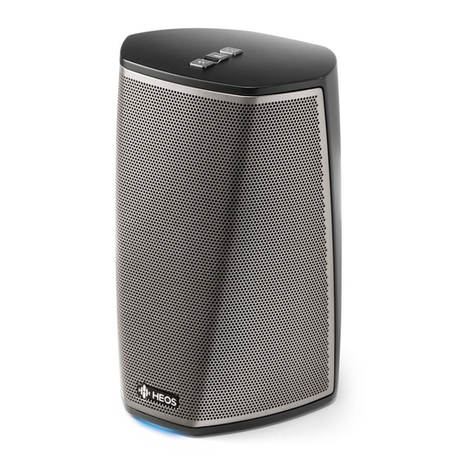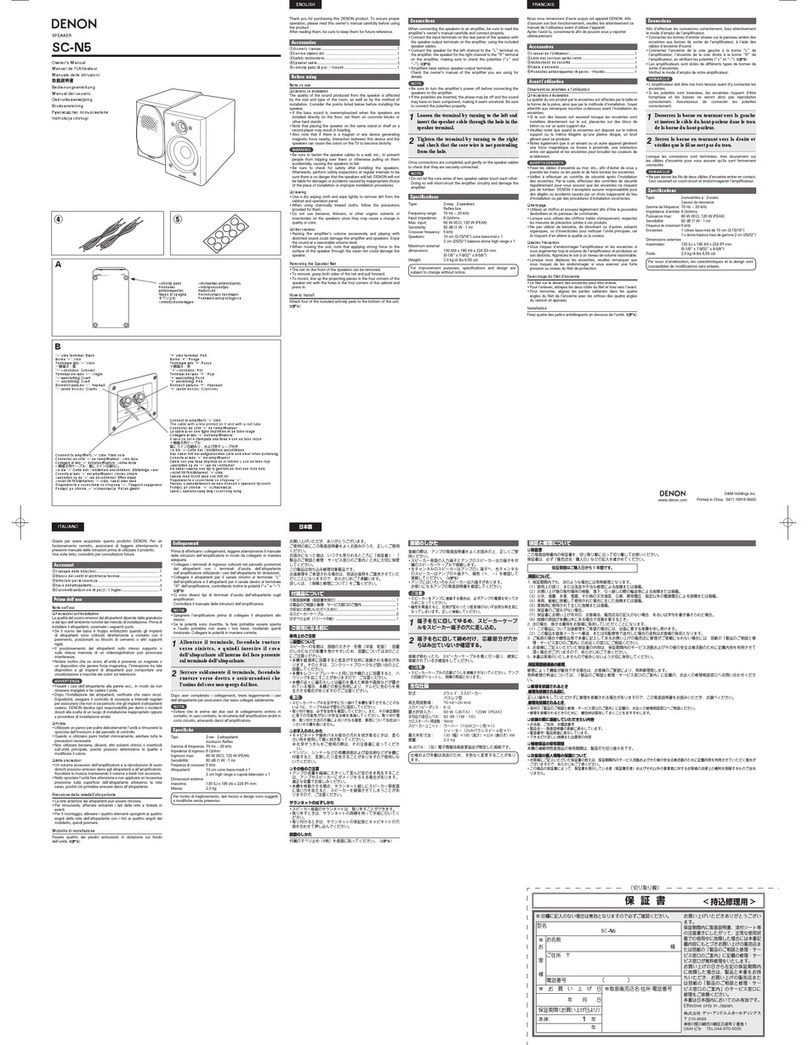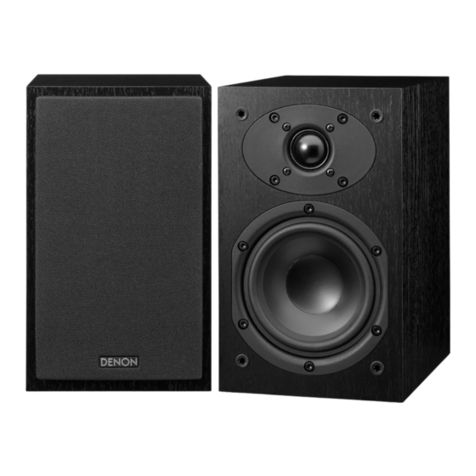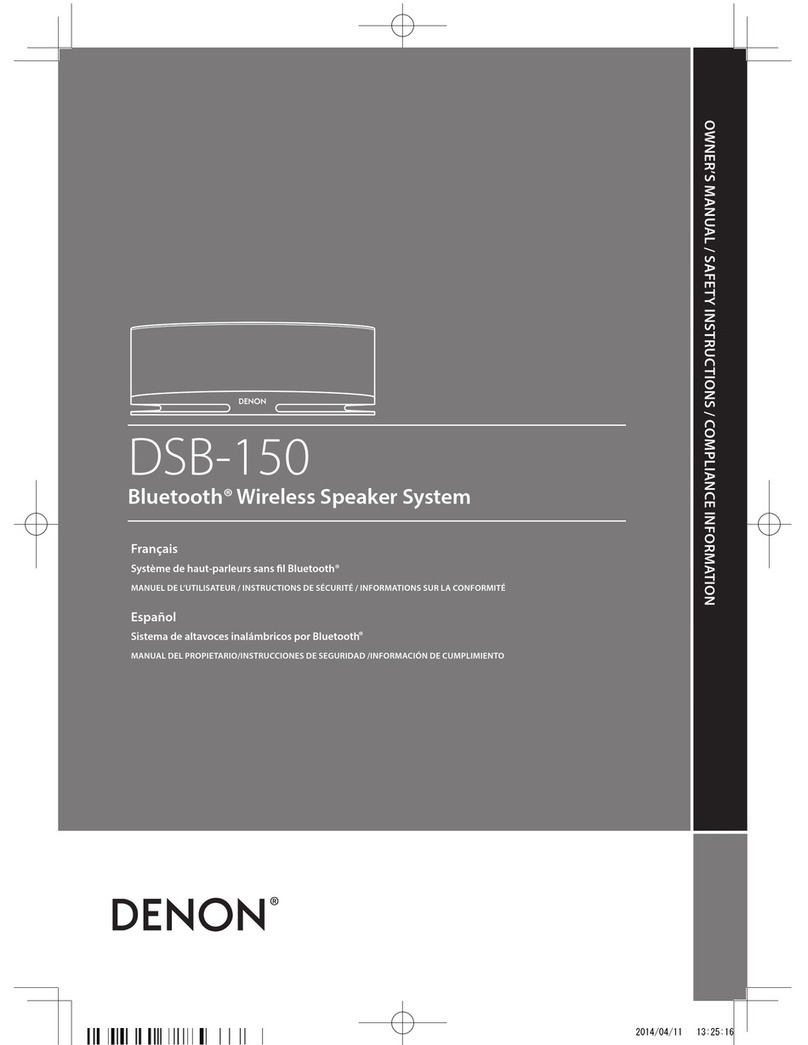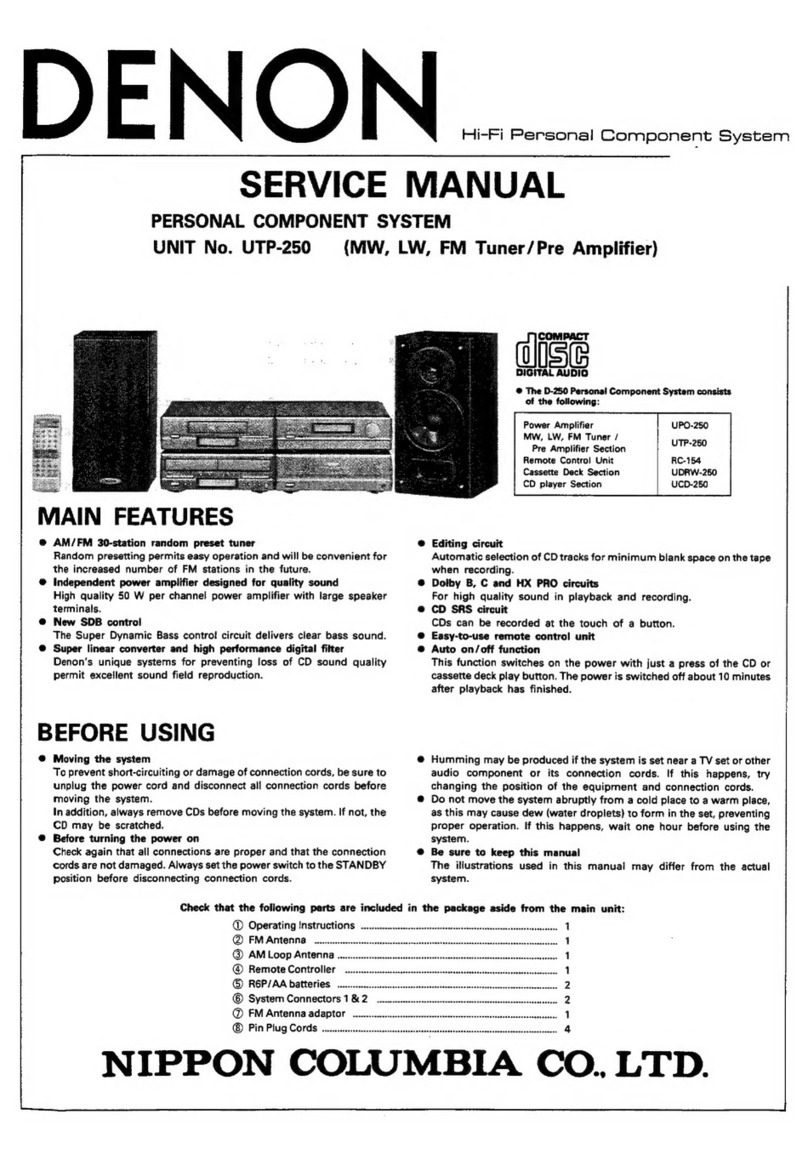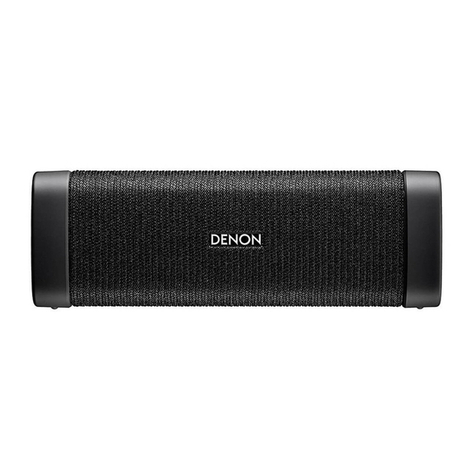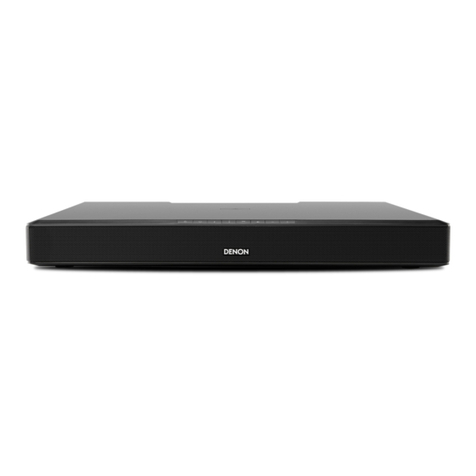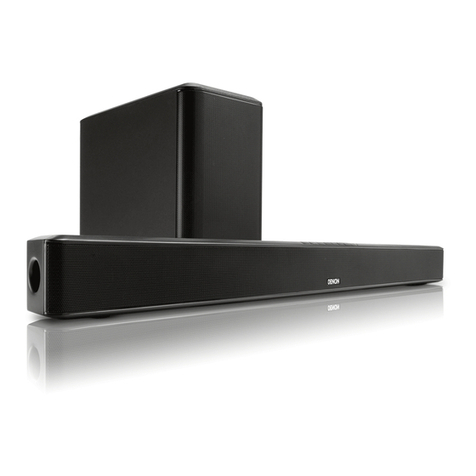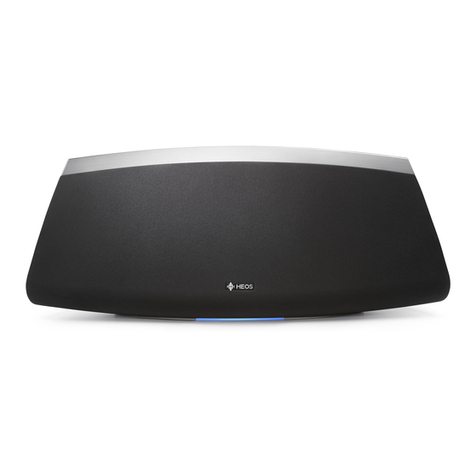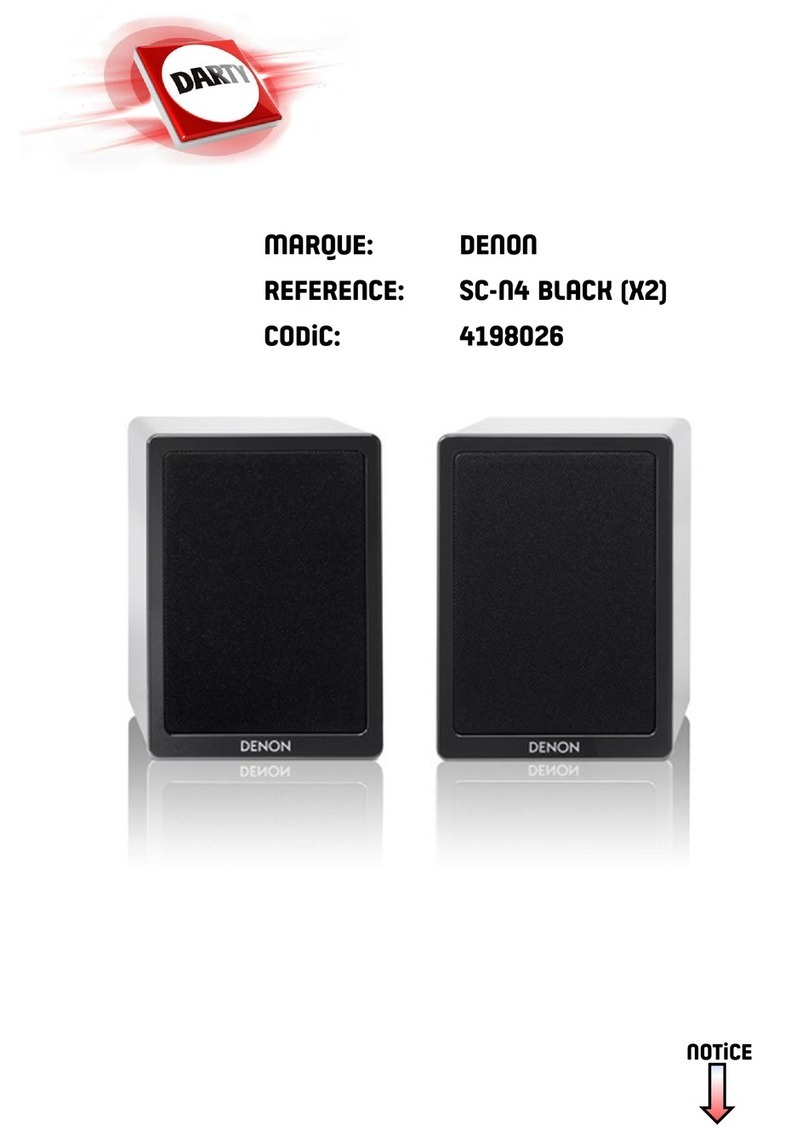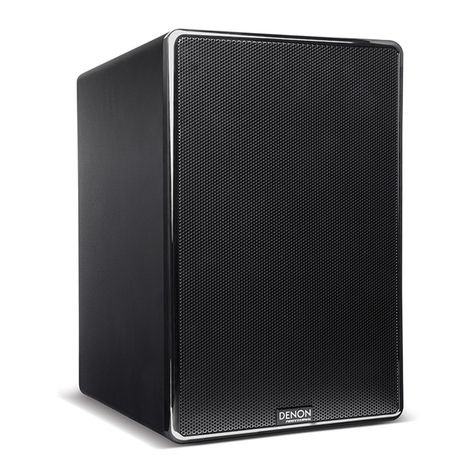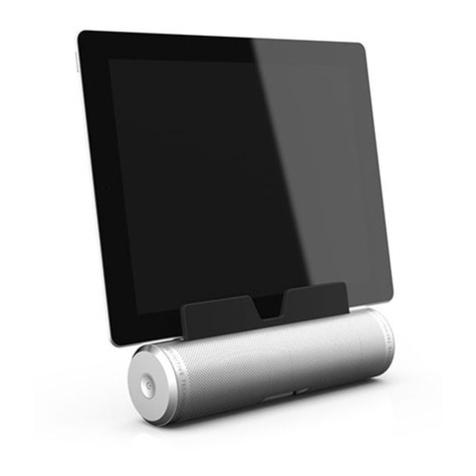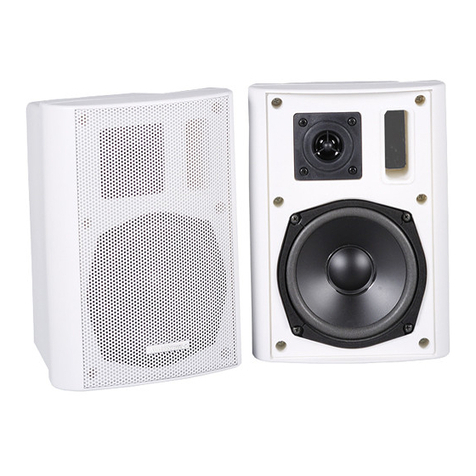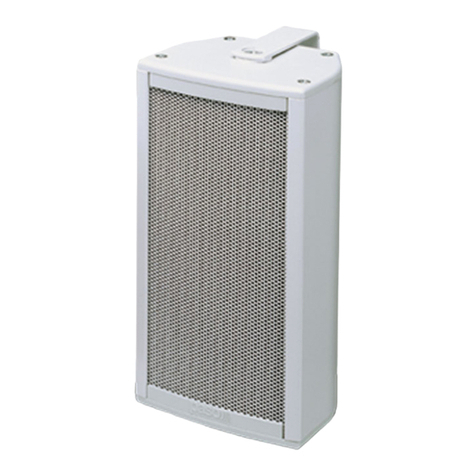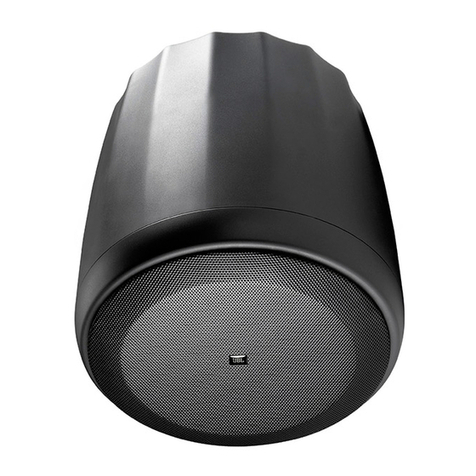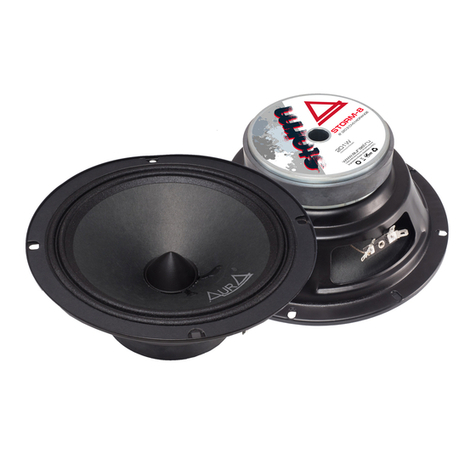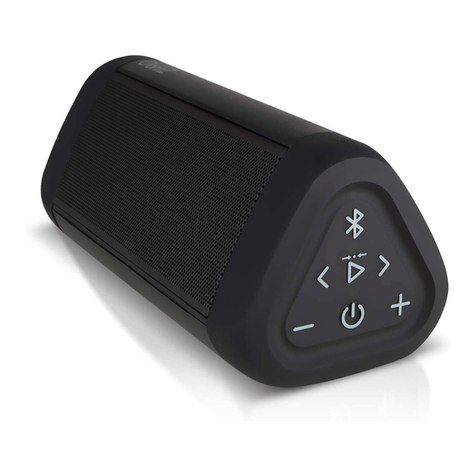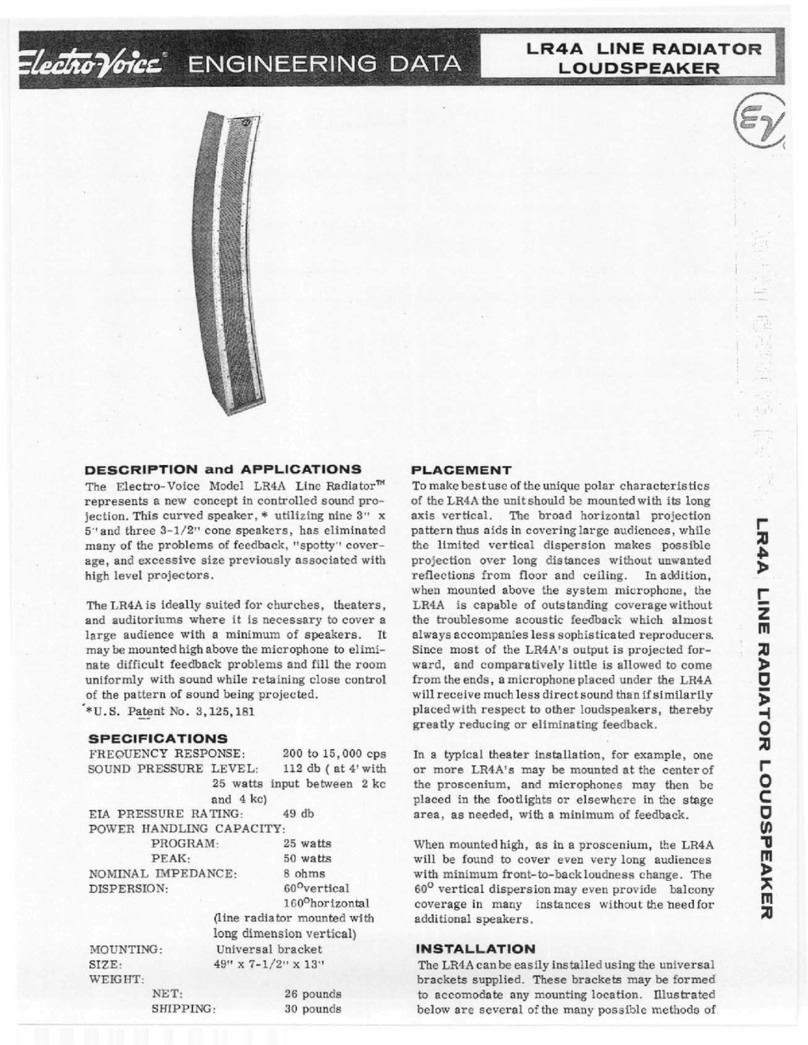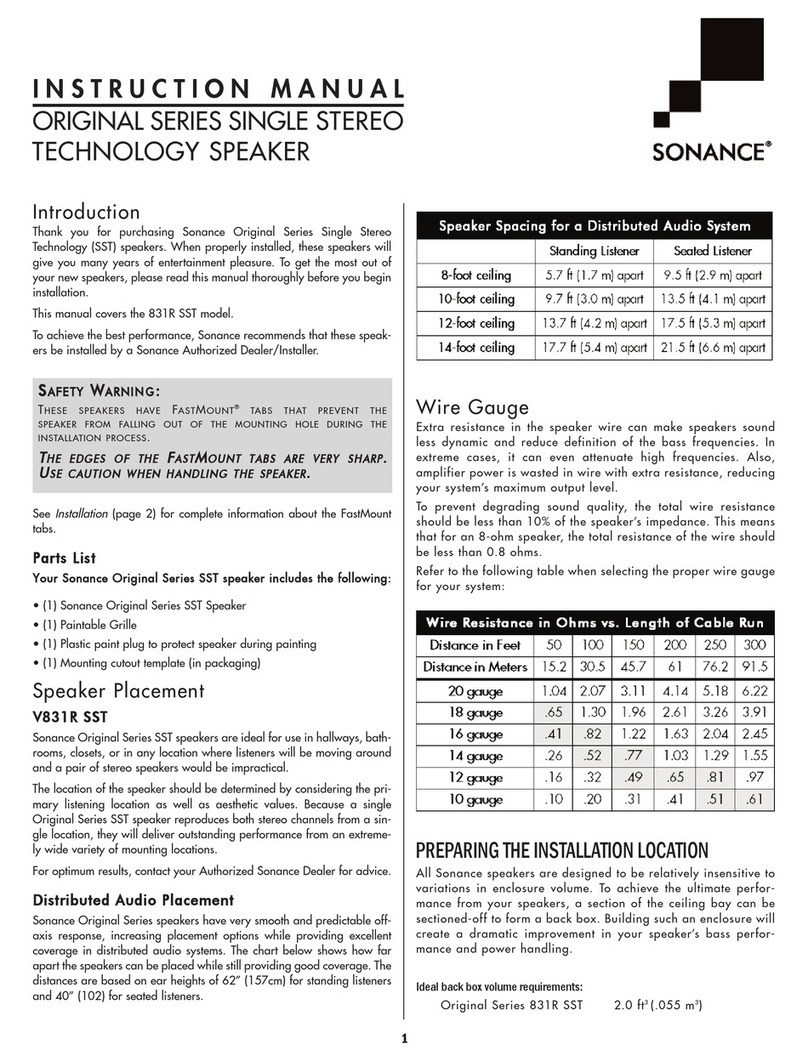■接続方法
★ 接続の際はアンプの取扱説明書をよくお読みの上、
正しくご使用ください。
スピーカーシステムをアンプに接続する場合は、必ずアンプ
の電源を切ってからおこなってください。
●スピーカーシステム背面の入力端子(下図参照)とアンプ
のスピーカー出力端子を付属の接続コードで接続します。
●左チャンネルのスピーカーシステムはアンプのL端子へ、
右チャンネルのスピーカーシステムはアンプのR端子へ、
極性(+、ー)を確認して接続します。
●極性を間違えると、位相が変わったり低音域のない不自然
な再生音になってしまいます。このとき、付属の短絡板を
外さないようにしてください。
また、スピーカー端子のねじが4個ともしっかり締まって
いることを確認してください。
CONNECTIONS
★Before connecting, please consult with the instructions of
your amplifier and follow them also.
Be sure to turn the amplifier's power off when
connecting the speaker systems.
●Use the included cables to connect the input terminals on
the back of the speaker systems (see diagram) to the
amplifier's speaker output terminals.
●Connect the speaker system for the left channel amplifier's
"L" terminals, the one for the right channel to the
amplifier's "R" terminals, matching the polarities ("<" and
">" marks).
●Inverting the polarities will result in unnatural sound, with
the phase off or no low bass sound. Please do not remove
the short-circuit plate provided at this time. Also check that
all four terminal knobs are tightly fastened.
■サランネットのはずしかた
●スピーカーシステム前面のサランネットは、取り外すこと
ができます。
●取り外すときは、サランネットの両側を持って手前に引い
てください。
●取り付けるときは、サランネットの四隅の穴部とキャビネッ
トの四隅の突起とを合わせて押し込んでください。
REMOVING THE SPEAKER NET
●The net on the front of the speaker system is detachable.
●To remove it, grasp it on both sides and pull it towards you.
●To attach the net, line up the plastic pieces holes out of the
net with the sticking in the cabinet and press in.
5
[通常の使いかた]右側赤端子が(+)、左側黒端子が(ー)です
短絡板が差し込まれて
いることを確認します。
スピーカー端子のねじをゆるめて
コードの芯線を差し込み、ねじを
締めてください。
注意:スピーカーコードの芯線どうしを接触させないでください。
短絡板
黒端子
赤端子
アンプの>側へ
(芯線銀色)
アンプの<側へ
(芯線銅色)
[バイワイヤリングによる使いかた]
本機はバイワイヤリング対応の入力端子を装備していますの
で、スピーカーコードを4本用意することにより、より素晴
らしい音場再生をお楽しみいただけます。(ネットワーク回
路を内蔵していますので、チャンネルディバイダーなどは必
要ありません。)
●まずスピーカーコードを左右、各2本ずつ、計4本ご用意く
ださい。
●本機の入力端子は、上側がツィーター/スーパーツィータ
ー用端子、下側がウーハー用端子です。初めにすべての入
力端子のねじをゆるめ、必ず短絡板を2本とも外し、上・
下それぞれの端子にコードをつないでください(次頁参照)。
コードのもう一方の端子(アンプ側)は、上下のコードの
先端を<側どうし、>側どうしをそれぞれ一つにまとめ、
アンプの<側、>側に接続してください。
●お手持ちのアンプのスピーカー出力がA、B、2系統あれば、
ツィーター側をA、ウーハー側をB(またはその逆)に接
続することもできますがこの場合、アンプのスピーカー切
り替えスイッチは「A+B」の位置にしてください。「A+B」
のないアンプ(A、B同時に鳴らすことにできないアンプ)、
またはA+Bにするとスピーカーが直列接続になるアンプで
は、先に説明したように2本のコードの先端をひとまとめ
にしてA、Bどちらかの端子に接続してください。
●さらに発展した楽しみかたとして、アンプを2台お持ちで
あれば、バイアンプ駆動も可能です。バイアンプ駆動の際
には、2台のアンプの出力レベルを同じにしてください。
Connections (The red terminals on the right side are the "<" terminals,
the black ones on the left side the ">" terminals.)
Loosen the terminal knobs and
insert the short-circuit plates.
Loosen the terminal knobs, insert the
cords' core wires, then tighten the
konobs.
NOTE: Make sure the core wires do not touch each other.
Connect to
amplifier's ">" side.
(Silver color)
• For normal use
Short-circuit
plate
Red terminal
Black terminal
Connect to
amplifier's "<" side.
(Copper color)
Bi-wiring Connections
These speaker systems are equipped with input terminals
allowing bi-wiring, so four speaker cords can be used for
even greater sound. (A network circuit is included, so there
is no need for a channel divider.)
●First prepare four speaker cords, two each for the left and
right channels. (When bi-wiring, we recommend using
cords with excellent transfer characteristics.)
●The top set of input terminals are for the tweeter and super
tweeter, the bottom set for the woofer. First loosen all the
knobs, remove both short-circuit plates, then connect the
speaker cords to the respective terminals. (See diagram
below.) Be sure to remove both short-circuit plates. Twist
the other ends (the sides to be connected to the amplifier)
of the two cords for the "<" side (red) together, and do the
same for the two cords for the "<" side (black).
●If your amplifier has two sets of speaker outputs (A and B),
the tweeter and squawker can be connected to set A, the
woofer to set B (or vice versa). If this is done, set the
amplifier's speaker selector switch to the "A+B" position. If
the amplifier does not have an "A+B" position (in other
words, if it is not equipped to play the two sets of speakers
simultaneously), twist the ends of the two cords together
as explained above and connect them to either the A or B
speaker terminals.
●For even more advanced enjoyment, dual-amplifier driving
can be used if you have two amplifiers. When doing this,
be sure to set the two amplifiers so that their output levels
are equal. if not, the sound will be off balance, with either
the medium and high frequencies or the low bass
frequencies overemphasized.



